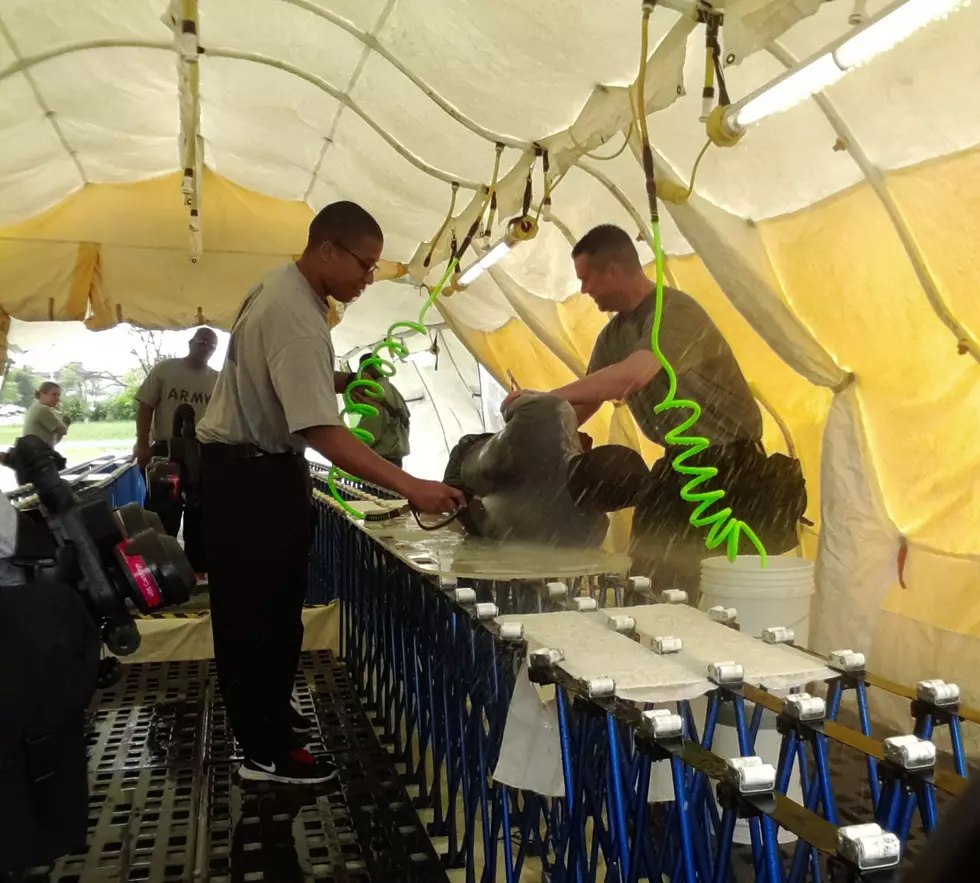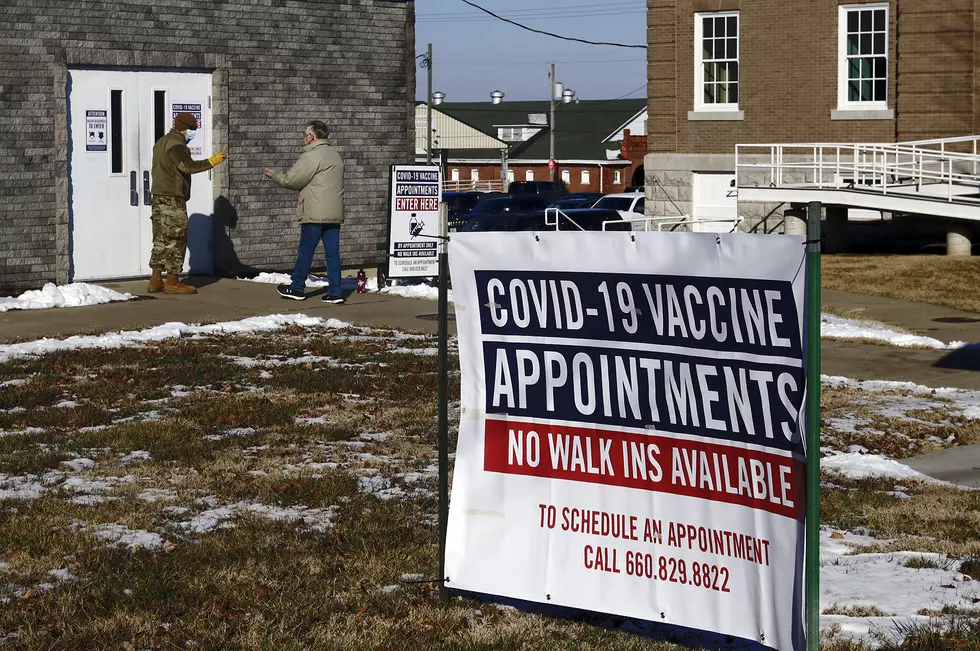
Missouri Guardsmen Train To Handle CBRNE Threats
Story by Staff Sgt. Michael Williams
70th Mobile Public Affairs Detachment
COLUMBIA, Mo. - Nearly 200 National Guardsmen and Airmen from Missouri joined forces to exercise techniques they would implement when called to assist first responders and health officials.
The Missouri Chemical, Biological, Radiological, Nuclear and high yield Explosive (CBRNE) Task Force conducted casualty/patient decontamination training recently, at Boone County Training Center.
"We are training for our CERF-P (CBRNE Enhanced Response Force Package) mission that consists of us setting up tents for decontamination," said Sgt. Latoya Spence, 1375th Chemical Company Biological Integration Detection System team leader. "We have a green side mission and a white side mission where if personnel are contaminated, they are washed with soapy water and monitored afterwards."
CBRNE specialists are primarily responsible for defending the country against the threat of CBRNE weapons and weapons of mass destruction.
The CERF-P duties include extracting and rescuing casualties trapped in rubble, decontaminating them, and performing medical treatment to stabilize them for transport to a medical facility.
During the training exercise, Soldiers familiarized themselves with ambulatory, non-ambulatory and technical decontamination procedures which consist of fire fighters, police officers or other down range personnel who may have become decontaminated.
"I think the training went really well today," said Spence. "We have a lot of new Soldiers in the unit so they're learning CERF-P and it's going really well. They are learning fast and the correct way."
The National Guard can be called upon in a short suspense to deploy in a state or federal emergency situation. Living up the motto, "Always Ready, Always There," they play a prominent role in response to any major incident as they are at all times prepared and ready.
"We can quickly respond to any state or local emergency quicker than federal forces," said Maj. Dale Wait, 835th Combat Sustainment Support Battalion CBRNE liaison officer. "The federal forces can respond but it takes them approximately 3 to 5 days. Therefore, we bridge the gap between the first responders and the federal forces in responding and assisting."
CERF-P is comprised of elements staffed by Missouri National Guard units to include the 835th Combat Sustainment Support Battalion, 317th Chemical Company, 735th Forward Provider Company, 139th Air Wing and the Mortuary Affairs Casualty Search and Rescue Team.
Performing breaching and breaking of concrete and heavy steel can be challenging and stressful during an emergency disaster. Without proper training and knowledge can lead to unsafe acts.
During supervised and informative teachings, Soldiers had the opportunity to lift and haul concrete.
"When we get into an incident like a rubble pile or a collapsed building, there will be very heavy pieces," said 1Lt. Todd Marino, 735th Quarter Master Field Service Company, CBRNE Search and Extraction officer in charge. "We use different tools and mechanics to help move heavy pieces out of the rubble pile."
Marino said the training is essential and if it's not retained, the knowledge can be forgotten.
"The training is very important. At any moment, we could be called up to assist civil authorities with an incident, whether its ascending, descending or removal of heavy debris. And if you don't train on this, you can easily forget it."
The Missouri Task Force is one of 17 CERF-P teams in the country that specialize in casualty/decontamination operations. Other task forces are located in New York, Massachusetts, Pennsylvania, West Virginia, Colorado, Texas, Illinois, Florida, Hawaii, Washington, Virginia, Ohio Georgia, Minnesota and Nebraska.
More From AM 1050 KSIS









